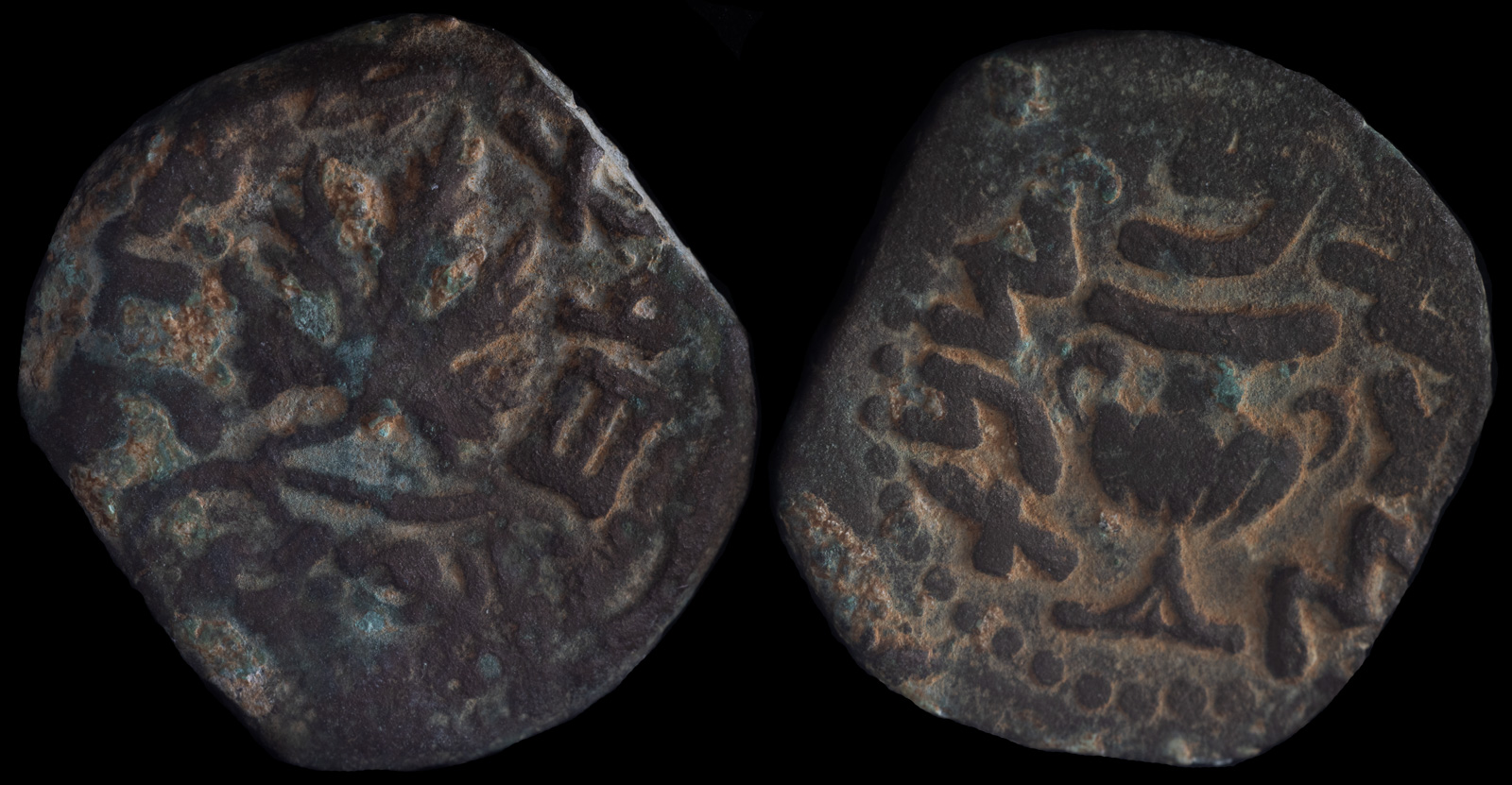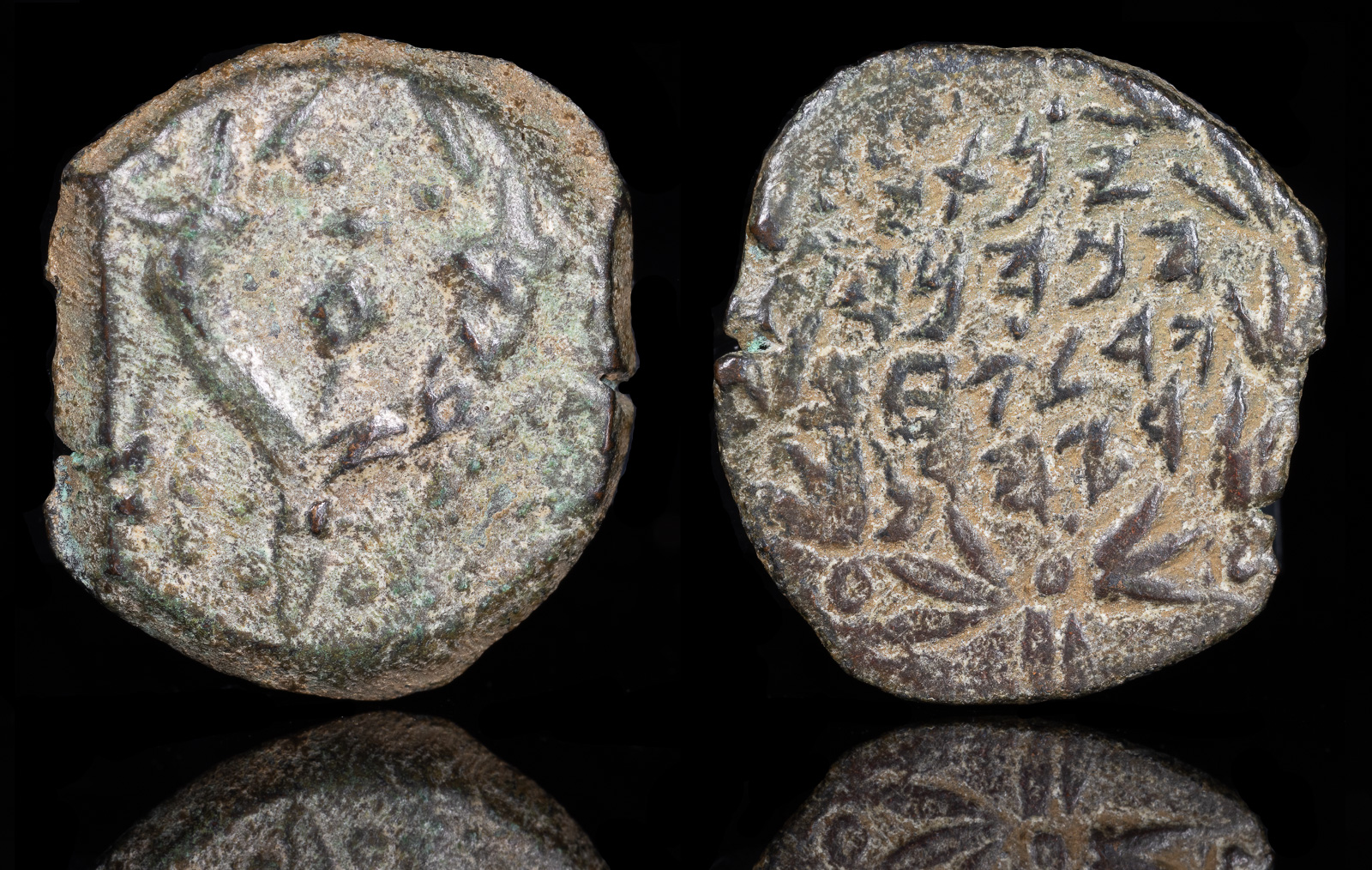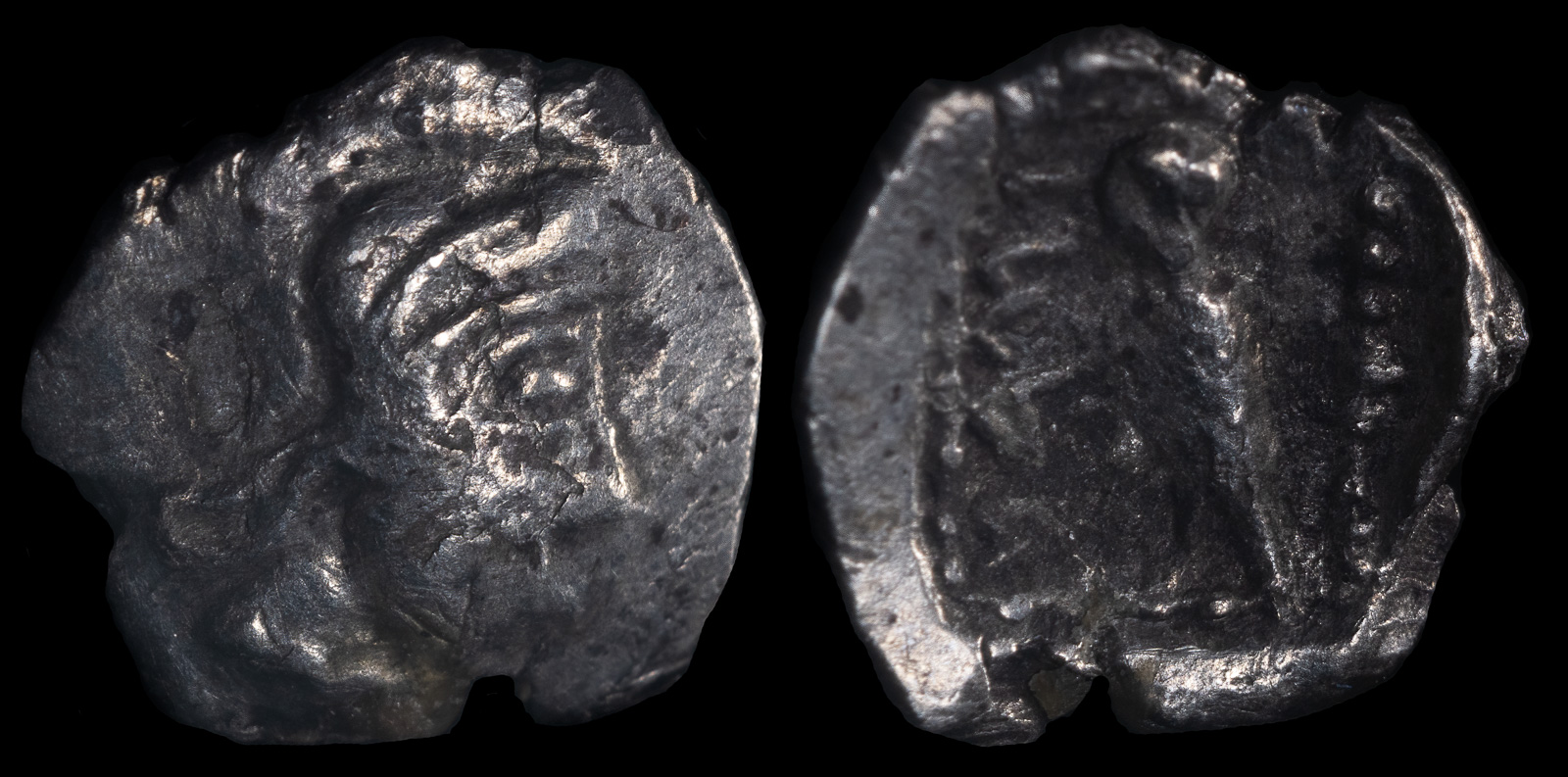Hebrew
View All Tags
The Paleo-Hebrew script was used for religious texts, royal decrees, and other significant writings, and it had a distinctive, angular form. Over time, however, the script evolved due to influences from surrounding cultures. During the Babylonian exile (6th century BCE), the Israelites came into contact with the Aramaic script, which was the dominant writing system in the Neo-Assyrian and Neo-Babylonian empires. This interaction led to the adoption of the square Aramaic script, a more rounded and standardized form of writing, which gradually supplanted Paleo-Hebrew. This adaptation marked the beginning of the script that would become the modern Hebrew script.
The transition from Paleo-Hebrew to the square script was not abrupt. Early examples of the new script are seen in the Dead Sea Scrolls (c. 2nd century BCE to 1st century CE), where both the older Paleo-Hebrew and the newer square script appear in various texts. The square script became the standard for writing the Hebrew Bible, and its use spread as the Jews returned from the Babylonian exile and rebuilt Jerusalem. By the time of the Hasmonean dynasty in the 2nd century BCE, the square script had become firmly established, and it remained the dominant script for Hebrew writing in Jewish communities.

The First Jewish Revolt
year 2 67-68 CE
AE prutah 2.729g, 17.2mm
obverse amphora with broad rim and two handles, year 2 (in Hebrew) around;
reverse vine leaf on small branch, the freedom of Zion (in Hebrew) around
Kadman III 12; Meshorer TJC 196a, Hendin 1360; SNG ANS 427; Sofaer Collection pl. 222, 11

Judaea. Jerusalem. John Hyrcanus I
135-104 BCE
Prutah Æ 15 mm, 2,27 g
Ex Tareq Hani collection
Ex Savoca

Northern Arabia(?)
Circa 4th-3rd centuries BCE
AR Tetartamorion .14g, 6.5mm
Helmeted head of Athena right.
Owl standing left, Paleo-Hebrew text to left. GSRK?
Huth & Qedar 1999 27-8